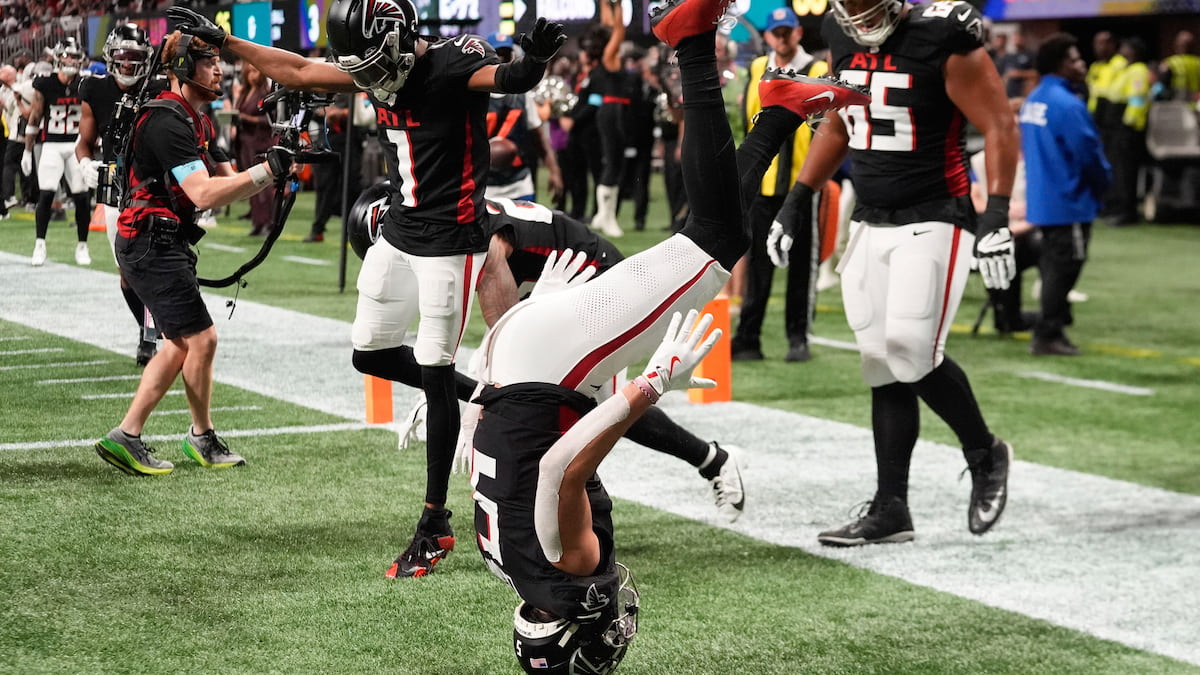Latest Sports Picks, News and Previews

We all know rules are put in place for the sport’s conservation and to ensure fairness and the safety of its players. Particularly in the NFL, these standards in question are put to the test by weird rules.
It may be subjective, but some odd rules in the NFL are rarely invoked or peculiarly placed. Here are five of the most obscure NFL rules that rarely get used or enforced.
The NFL generally likes to keep a clean look for all its players, coaches and referees, and while there are many dress code rules in place, one obscure one still enforced in the NFL is the “No Bandana rule”. While this is not an on-the-field call type ruling, this is a rule in the book added in 2001 where NFL owners voted 30 to 1 to ban players from wearing bandanas, even under their helmets.
The reason they claimed was a “Matter of image”, although most believe at the time it may have been a racially biased rule. Still, you will see most players wearing a skullcap or something else instead of a bandana.
They implemented this rule in 2017, particularly for player safety. Previously, players have attempted to leapfrog their teammates, generally when blocking the opposing team’s field goal. You may think it’s beneficial for your teammate to get some air, jump over a defensive line, or block a field goal, but for player protection, this rule generally does not need to be invoked; it’s just common practice not to jump over other players by pushing them down.
In 2017, this rule was first implemented, but there are examples of it not being invoked, such as when Bobby Wagner of the Minnesota Vikings leapfrogged over his teammates to block the Seattle Seahawks kicker. This was not called on the field, however, it was later ruled that Wagner should have been penalized for using his teammate as leverage.
Most of the time, when a coach makes a challenge on a certain call, it’s because, for one, they know it’s a legal play to challenge. Additionally, they think the call was misjudged on the field. However, some people may not know certain calls are ineligible for a challenge.
Some of these include the inability to challenge false starts, offsides, holdings, illegal batts, intentional grounding, illegal blocks and more. The only types of plays you are usually able to challenge are pass interferences, in-bounds questions, scoring plays, turnovers and such.
For the longest time, the NFL has been super strict about celebration rules, to the point where celebrating after scoring was almost completely prohibited. However, in the modern-day NFL, players can use the football as a prop, celebrate on the ground, and celebrate in group demonstrations.
They cannot, however, taunt the opposing team, throw the football in the air, simulate the use of a weapon, or do provocative dances. It may seem like an attack on the freedoms of some of the players, but really, the NFL just likes to keep a clean record for its TV broadcast and streaming services.
One of the most uncommon and generally unused rules in today’s football is the fair catch kick rule. This rule states that if a team catches a kickoff or a free kick with a fair catch, they can attempt a field goal from the spot of the catch without needing a snap. The defense cannot block this kick, and the offense must kick from a stationary position.
If the ball is kicked between the goalposts and over the crossbar, they’re awarded 3 points. If the player misses the attempt, the opposing team gets control of the ball from the spot of the kick. It’s a generally overlooked rule, but there have been instances where it’s been used, such as in 2019 when Joey Slye of the Carolina Panthers attempted a 60-yard fair catch kick but ended up missing wide right.

Liam has been a major sports fan and soccer player for over a decade, with a particular focus on major top-level soccer leagues, including the EPL, La Liga, Serie A, Bundesliga and MLS. He has written numerous promotional articles for various top sportsbooks and continues to publish historical and factual sports articles covering the NFL, MLS, NHL, MLB, EPL and more.